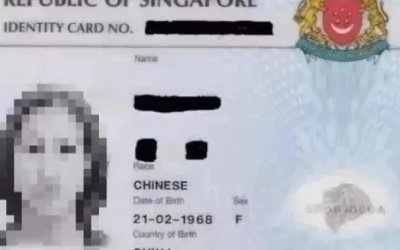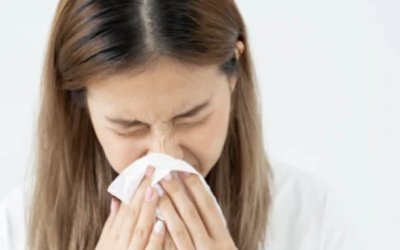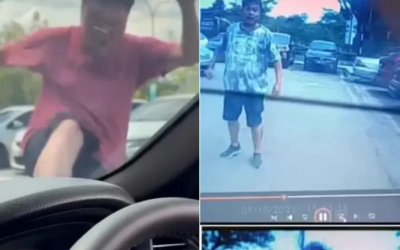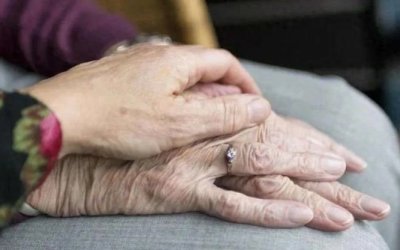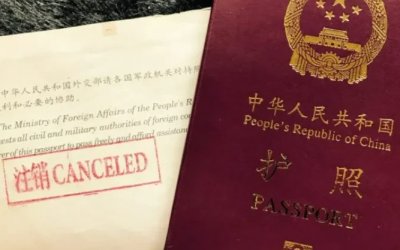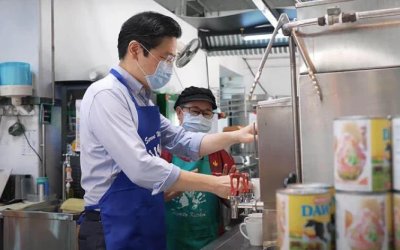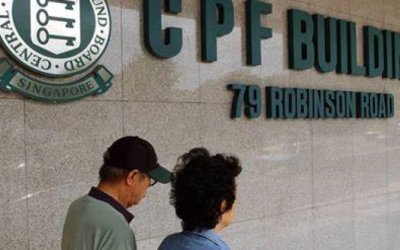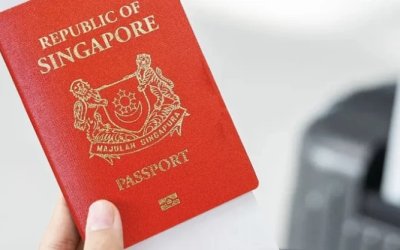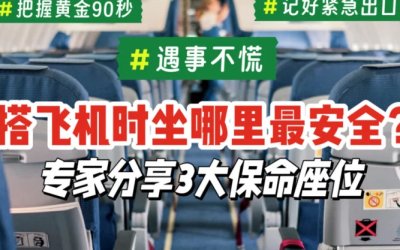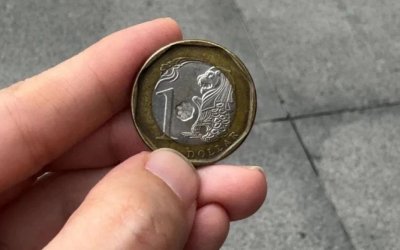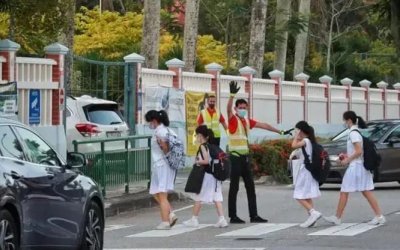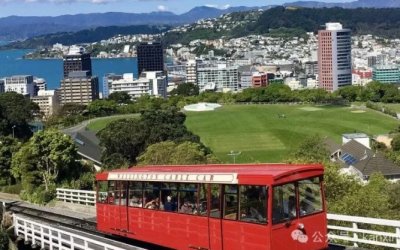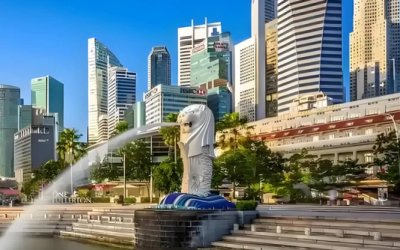Next, since COVID-19 has become a manageable disease, we should now drastically simplify our health protocols. No more complicated flow charts. People must be clear what to do if they test positive, or if they come into contact with someone who is infected.
We also need to know what we can do ourselves. Each one of us needs to take personal and social responsibility. Test ourselves as necessary. Self-isolate if we test positive. Consult a doctor if we have symptoms. Knowing what to do, we will no longer find COVID-19 such a scary disease. Let’s all do our part to keep everyone safe, in particular the vulnerable ones among us.
The group that worries me most is the elderly, especially those who are not yet vaccinated. We have thus far managed to keep our fatalities very low. But sadly, even that has still meant 142 deaths so far. Nearly all were elderly, and with pre-existing medical conditions. They were uncles and aunties in their 60s, 70s and 80s, living in our community. A disproportionate number are unvaccinated seniors. They account for barely 1.5% of the population but they make up two-thirds of those who needed ICU care or died. The remaining one-third were vaccinated seniors. We feel every single loss keenly. My deepest sympathies and condolences to all the families.
With more COVID-19 cases, already most of us have either met someone who has gotten COVID-19, or know someone who does. Sooner or later, every one of us will meet the virus. This means all the elderly will meet the virus too And for them, the risk is very real. As I said earlier, COVID-19 is now mainly a danger to seniors: 60 and above if you are not vaccinated, or 80 and above even if you are vaccinated.
As cases grow, so will the number of elderly cases. If we reach 5,000 COVID-19 cases a day, every day we can expect around 100 to become seriously ill – not a small number.
Our doctors and nurses do their best for every patient. Unfortunately, despite their best efforts, not every seriously ill patient will make it through. Sadly, quite a few will succumb. Just like with pneumonia. Every year more than 4,000 people die of pneumonia in Singapore, mostly elderly and with other underlying illnesses. Over the next few weeks and months, we will likely see the number of COVID-19 related deaths continue to go up.
There are several things we can do, and the elderly can do themselves, to protect them and reduce the numbers falling seriously ill. For the unvaccinated elderly, we will continue trying hard to persuade and vaccinate you. If you are above 60 and not yet vaccinated, you are at very high risk – please get your jabs now! For the elderly who are already vaccinated, please get booster shots to strengthen your immunity. Vaccination has already lowered your risk substantially, but your risk is still much higher than someone younger. A booster shot will reduce your risk further. If you are a vaccinated senior, taking the booster reduces your risk of severe infection by more than 10 times. Or to put it in another way, to the virus, the booster shot makes a vaccinated 80-year old look like a much younger vaccinated 50-plus year old! This is why I am happy to see many seniors walking in for boosters as soon as you are eligible, even before receiving your SMS invitations. Seniors themselves should take extra precautions. By all means go out to exercise and get fresh air but please cut back on makan, kopi and beer sessions with your friends and kakis. This will lower your exposure to the virus. We want you to stay well! Younger people living with seniors can also help to protect them. For instance, you can cut down your own social interactions for now. And test yourself regularly to check that you are not bringing the virus home.
Another group that parents are concerned about is children under 12. Vaccines have not yet been approved for such young children. As cases grow, parents are understandably anxious about their children catching the virus. Though the data shows that children with COVID-19 seldom get seriously ill, parents are still worried. We are closely tracking the progress of vaccine trials on children in the US. We will start vaccinating children as soon as vaccines are approved for them, and our experts are satisfied that they are safe. This will likely be early next year.
Meanwhile, we will build up our healthcare facilities to be able to provide those seriously ill the medical care they need, especially oxygen support and ICU care. However, there is a limit to how much we can expand. We can build new care facilities and purchase new equipment, and we are doing so. But we cannot easily find more and more doctors and nurses to staff them. That is why we have to moderate the surge in COVID-19 cases.
At the same time, as part of living with COVID-19, we must also connect ourselves back to the world. In particular, we must continue to re-open our borders safely. Companies and investors need to carry out regional and global business from Singapore. People working for them need to travel to earn a living. Students need to go on overseas attachments and internships without having to SHN each time. Families and friends will once in a while want to spend time together, overseas.
We have started Vaccinated Travel Lanes with Germany and Brunei, and just announced another with South Korea. These pilot projects have shown it is possible for vaccinated persons to travel safely, while letting in very few COVID-19 positive cases. We are implementing more such arrangements, especially with countries whose COVID-19 situations are stable. This will keep us connected to global supply chains and help to preserve Singapore’s hub status .
The Next Few Months
The next few months will be trying. I expect daily cases to continue rising for some weeks. Our healthcare system will still be under pressure. We can slow, but we cannot stop the Delta variant.
At some point, the surge will level off, and cases will start to decline. We don’t know exactly when, but from the experience of other countries, hopefully within a month or so. As pressure eases off on the healthcare system, we can relax our restrictions. But we will have to do so cautiously, to avoid starting a new wave again.
We must protect our healthcare system and workers at all costs, in order to get through the pandemic safely. Let me say this to all our healthcare workers. I know the enormous stress you are under, and the heavy load that you bear. You have been fighting so hard, for so long. Now we are going through perhaps the most difficult phase of our journey. But it will not last indefinitely. After this surge peaks, things should get better. We are doing all we can to protect you and the healthcare system as we go through this wave. If we don’t protect you, you can’t protect us. On behalf of all Singaporeans, I thank you all. We are with you, and will give you our fullest support.
And to all Singaporeans, we need your support too. Hospitals and healthcare workers are our last line of defence. Help us to protect them. Let each of us be the first line of defence. Continue to abide by prevailing SMMs, and cut back on social activities, to slow the spread of the virus. Get vaccinated if you have not already done so – this will minimise your chances of falling seriously ill and go for your booster shot when your turn comes. Self-test regularly, to avoid infecting others, especially seniors around you. If you are infected, take up Home Recovery, unless you have serious illness, or vulnerable family members. Please don’t rush to the A&E with mild symptoms. Let us reserve hospital capacity for those who need it most – serious COVID-19 cases as well as others with serious illnesses.
